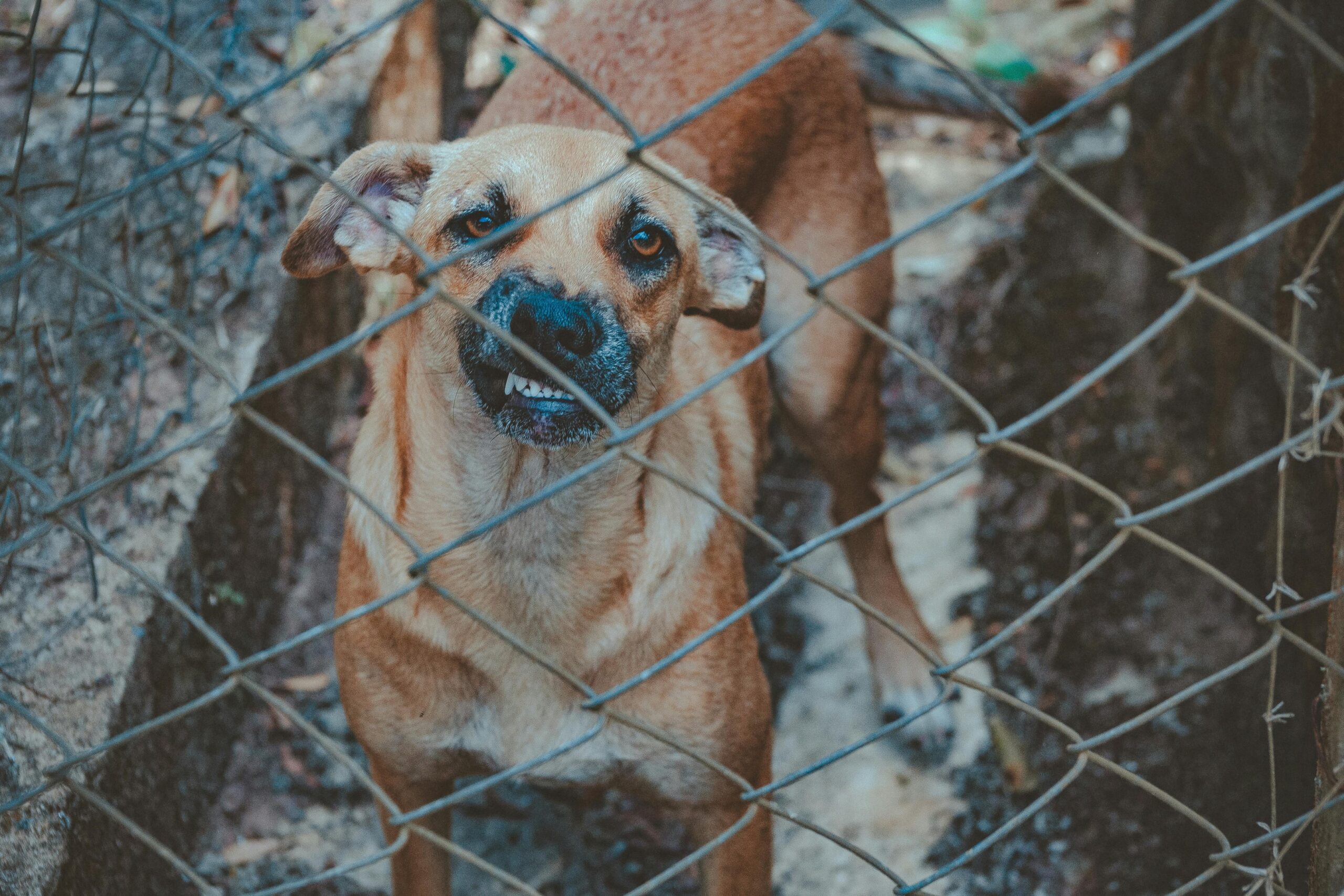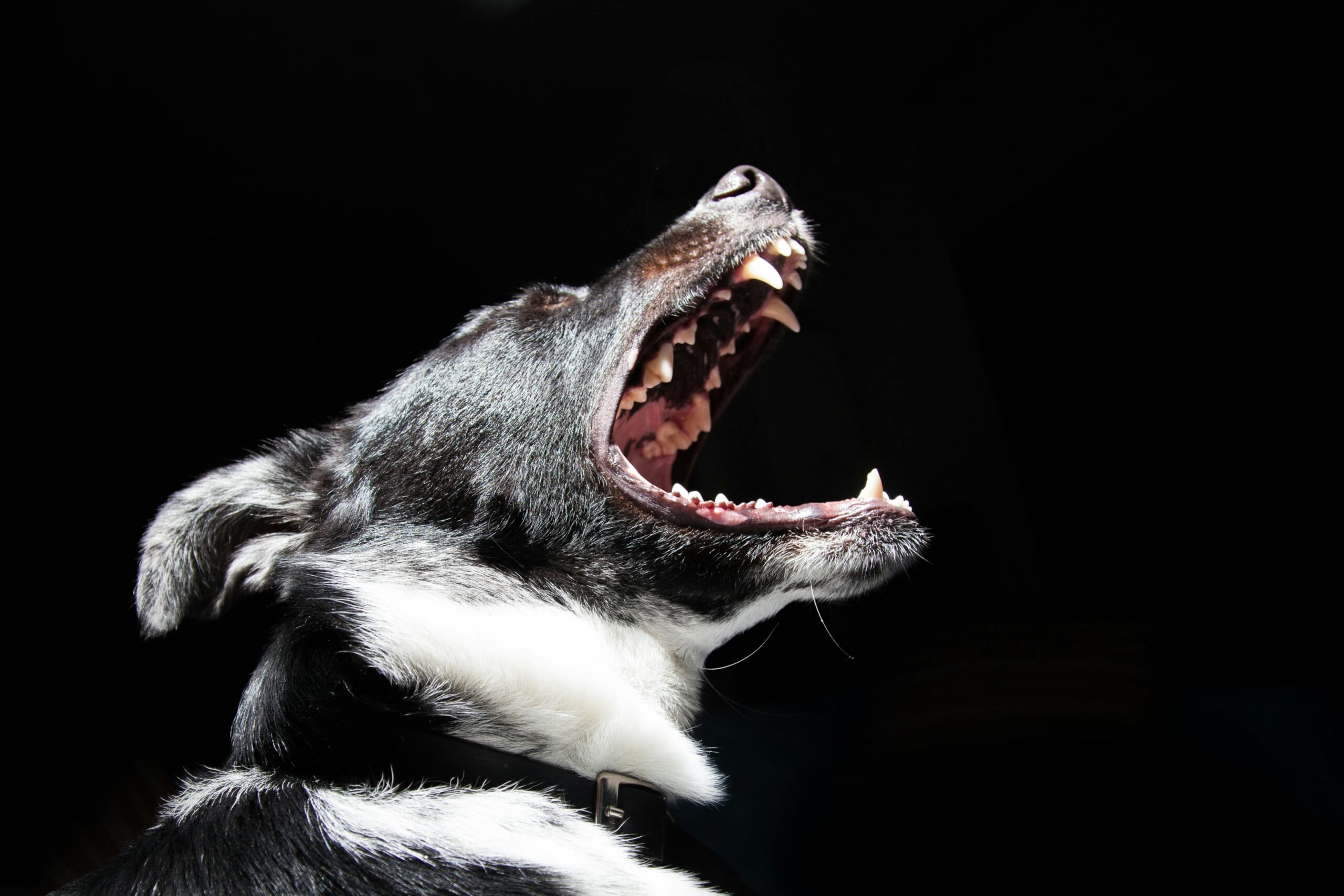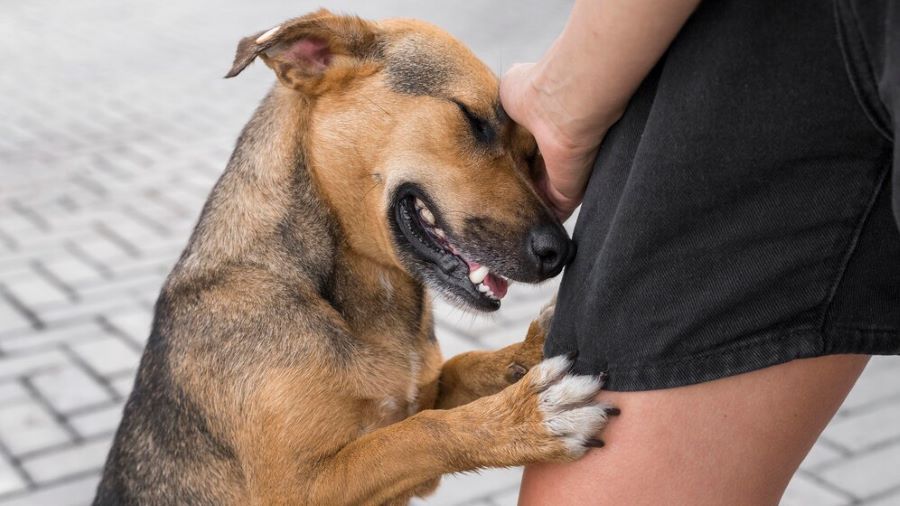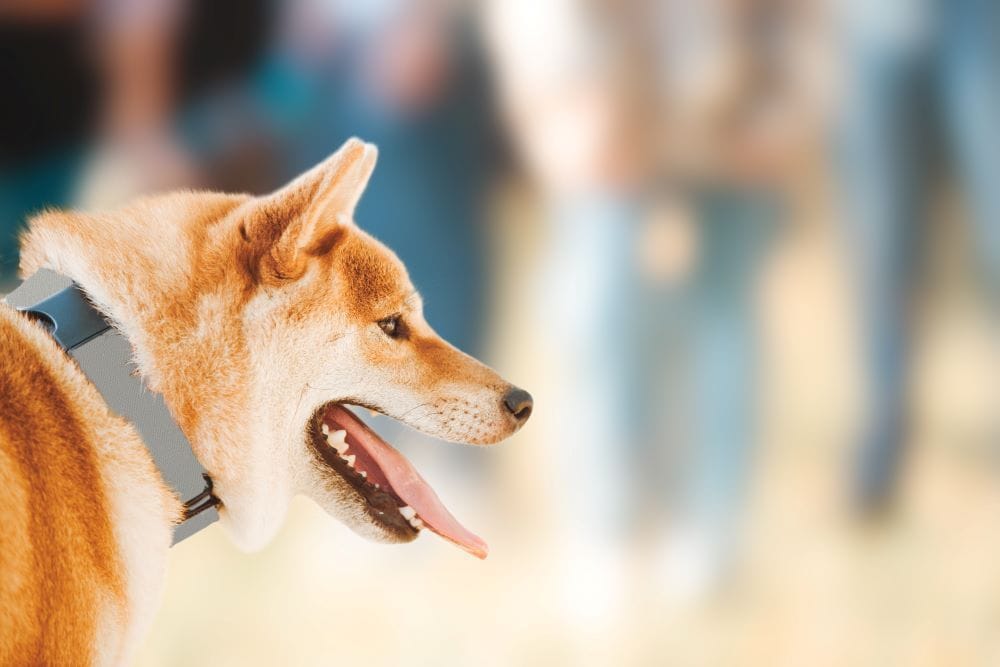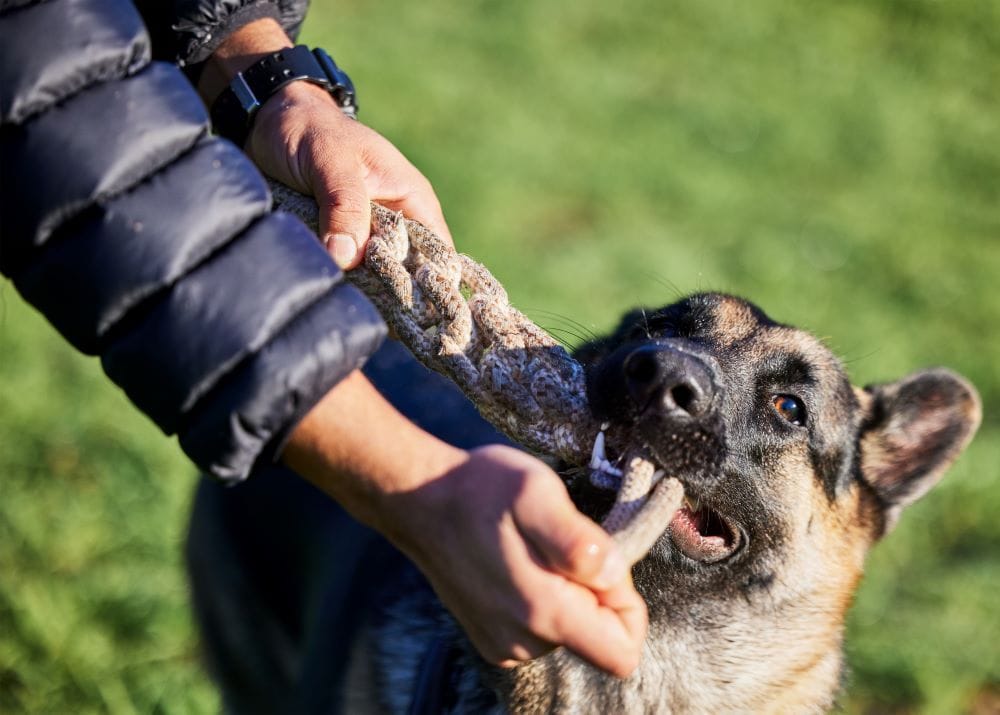
Have you ever seen a dog attack? Dog owners often present their pets as harmless, but that is not always the case. Negligence in a dog bite case can lead to injuries, trauma, and more, and knowing how to stand your ground in a dog bite accident matters.
If you want to prove negligence in a dog bite case, you need to do more than just find a dog bite attorney. You also need to know the legal options to take action against a dangerous dog if you can prove fault in court.
You could need to prove that the owner was at fault or it was a deliberate act, depending on your situation. Before moving forward, let’s step back and look at these cases and what they might do to an individual.
Negligence in Premises Liability and Dog Bite Claims: Proving Negligence
Experiencing an injury, whether from a slip-and-fall accident or a dog bite incident, can be traumatic and financially burdensome. Understanding your rights and the legal processes involved in pursuing a personal injury claim is essential for securing fair compensation.
Premises liability holds property owners accountable for maintaining a safe environment. If you have suffered injuries due to unsafe conditions, such as slip-and-fall accidents, inadequate security, or structural hazards, proving negligence is crucial to securing compensation.
To prove negligence in a slip-and-fall accident, the injured person must gather evidence demonstrating that the owner’s negligence directly caused the injuries. Essential evidence includes:
- Medical Records and Bills:
Documenting medical treatment immediately after the accident establishes the severity of the injuries and connects them directly to the fall.
Medical records provide an official account of your injuries, the prescribed medical treatment, medications, and follow-up care required, while medical bills detail the financial impact of the injury and help in calculating appropriate compensation.
- Witness Statements:
Testimony from people who saw the incident strengthens your dog bite claim. Witnesses offer independent verification of your account and can confirm the existence of hazardous conditions, the owner’s knowledge of the hazard, and your reaction and injuries immediately following the incident.
- Photographs and Videos:
Visual evidence of the hazardous condition (wet floors, uneven surfaces) can be decisive. Photos and videos taken immediately after the incident clearly document the exact state of the environment at the time of the injury, preventing disputes regarding the presence or severity of the hazard later in the legal process.

Inadequate Security
When property owners fail to implement reasonable precautions to ensure safety, they may be liable for injuries resulting from criminal activities. Evidence for inadequate security includes:
Previous Crime Records at the Location
Documentation of past criminal incidents on or near the premises indicates a foreseeable risk. This establishes that the property owner should have anticipated potential dangers and implemented proper security measures.
Lack of Proper Lighting, Surveillance, or Security Personnel:
Demonstrating inadequate or absent security features, such as poor lighting, malfunctioning cameras, insufficient surveillance systems, or absence of security personnel, highlights negligence. Proper security measures can deter crimes or allow quicker responses.
Incident Reports from Law Enforcement Agencies:
Official reports filed by law enforcement detailing criminal incidents or safety issues on the property provide authoritative evidence of the property’s security inadequacies.

Structural Hazards
Owners must maintain their properties free from structural hazards. Common issues include broken stairs, defective elevators, or unstable structures. Proving negligence here often involves:
Building Inspection Reports:
Official inspection records can reveal longstanding issues, code violations, or unsafe conditions that owners have failed to address, demonstrating clear negligence.
Maintenance Logs or Lack Thereof:
Detailed logs of routine maintenance or repairs can help determine if the property owner neglected regular upkeep. Lack of proper maintenance records can further underscore negligence.
Prior Complaints or Notices of the Issue:
Evidence of previous complaints, notices, or communications from tenants or visitors about hazardous conditions confirms the owner’s knowledge and failure to rectify the problems promptly.
Dog Bite Liability and Proving Owner Negligence
Dog bite injuries can lead to severe injuries, emotional trauma, and significant medical expenses. Understanding dog owner liability and the laws governing dog bite claims is crucial.
Strict Liability vs. Negligence
Strict liability laws make dog owners automatically responsible for injuries caused by their dogs, regardless of prior behavior or the owner’s knowledge of aggression. Under strict liability, victims do not need to prove negligence or the owner’s fault, significantly simplifying the legal process.
In contrast, other states follow negligence laws, requiring proof that the dog owner knew or reasonably should have known about the dog’s aggressive tendencies and failed to take reasonable measures to prevent an incident. This requires additional evidence, adding complexity to your claim.

Establishing Owner Knowledge of Aggression
If your jurisdiction requires proof of negligence, you’ll need to demonstrate the owner’s prior knowledge of the dog’s aggressive behavior. Evidence includes:
Animal Control Reports:
Official reports documenting prior incidents involving the dog, including warnings or citations issued to the owner for previous aggressive behavior, reinforce the claim that the owner was aware of the potential danger.
Prior Incidents Involving the Dog:
Any documented incidents of aggression, even if not formally reported, can establish a pattern of dangerous behavior, reinforcing the owner’s responsibility to prevent harm.
Witness Testimony from Neighbors or Acquaintances:
Testimonies from neighbors, friends, or community members familiar with the dog’s behavior can provide credible insights into past aggressive actions, further solidifying claims of the owner’s knowledge.
Records of Aggressive Behavior:
Veterinary records or training documents indicating aggressive tendencies or treatment for aggressive behavior can strongly support claims regarding the owner’s awareness and the dog’s known danger to others.

The Importance of Local Leash Laws and the One-Bite Rule
Many areas have local leash laws requiring dog owners to keep their pets restrained and controlled at all times. These laws are designed to prevent injuries and enhance public safety.
You can significantly strengthen your claim by demonstrating clear negligence on the part of the owner. Violating leash laws can often establish liability without the need for further proof of aggression or prior incidents.
Conversely, some states operate under the “one-bite rule,” which can complicate dog bite claims. A dog owner may not be liable for the first bite or incident if there was no previous indication. This includes the Under this rule that the dog posed a risk.
This means victims must present evidence showing the owner knew or should have known their dog well. They should have known that the dog had the potential to cause harm. This is crucial for developing a strong legal strategy and ensuring your rights are protected.
Essential Evidence in Dog Bite Cases
Securing compensation requires thorough documentation:
- Medical Records: These include emergency room records, doctors’ notes, and prescribed medications. It should also have ongoing medical treatment reports clearly linking the injuries directly to the dog bite incident.
- Witness Testimony: Statements from individuals who directly observed the dog attack or saw aggressive behavior leading up to it can confirm the victim’s account and substantiate the owner’s negligence.
- Photographic Evidence: Clear photographs and videos taken immediately after the incident depicting the injuries, the scene, the dog’s conditions, and the environment can vividly illustrate the circumstances and severity of the incident.
- Animal Control Reports: Official reports created by animal control authorities that document the specifics of the incident, the dog’s behavior, previous citations, and regulatory violations provide authoritative evidence critical for demonstrating the owner’s liability.
Ensuring you have all of this evidence ready ensures you don’t deal with the common misconceptions related to dog bite cases to prove negligence in dog bite cases.
Comparative Negligence: A Common Defense
Defendants often use comparative negligence as a defense, arguing that the injured party shares responsibility for the accident.
This concept applies to both premises liability and dog bite cases. Comparative negligence acknowledges that in some situations, the injured party might have contributed in some way to the incident or injuries.
For example:
- If clear signage was posted warning of a hazard (such as wet floors or construction areas) and you chose to ignore these warnings, the defense may argue that you knowingly put yourself in danger.
- In dog bite cases, the owner might argue that you provoked the dog through aggressive or teasing behavior, causing the animal to react defensively. This is most common with dog bite cases involving drivers.
- Trespassing can significantly impact a claim as well, as defendants might argue you were unlawfully on their property, reducing their responsibility for your injuries.
The degree of comparative negligence varies significantly depending on jurisdiction. In some states, you might receive compensation even if you’re partially at fault, though your compensation could be reduced proportionately.
For instance, if a court determines you are 20% responsible, your awarded damages would be decreased by that percentage. Understanding how comparative negligence works in your area is crucial, as it directly impacts the amount of compensation you might receive and guides the strategy your legal representation will use in pursuing your claim.

Steps to Take Immediately After an Incident
Immediate actions significantly impact your personal injury claim.
The steps you take in the moments following an accident can strengthen your case and maximize your chances of receiving fair compensation. Here are the key actions you should prioritize:
- Seek Medical Treatment:
Your health should always come first. Even if injuries seem minor, seeking medical attention immediately is crucial. Some injuries, like concussions or internal trauma, may not present symptoms right away but could become severe if untreated.
Additionally, medical records serve as critical evidence linking your injuries to the incident and supporting your claim.
- Gather Evidence:
The more evidence you collect, the stronger your case will be. Take clear photographs and videos of the accident scene, your injuries, and any contributing factors (e.g., a broken stair, an unleashed dog).
Collect witness statements with their contact information in case their testimony is needed later. If the accident occurred on someone’s property, document any hazards or lack of warning signs that could indicate negligence.
Report the Incident:
Notify the appropriate authorities or responsible parties as soon as possible. If the incident happened on a business property, inform the manager or property owner and request an incident report. I
f a dog bite was involved, contact animal control to file a report. Official reports help establish a documented record of the event, which can be invaluable in legal proceedings.
Document Financial Losses:
Keeping track of all expenses related to the injury is essential. This includes medical bills, receipts for prescriptions, rehabilitation costs, lost wages due to missed work, and even transportation expenses for medical visits.
A well-documented record of your financial losses will help support your compensation claim and ensure you recover what you are owed.
Taking these steps as soon as possible after an accident significantly improves your chances of a successful claim. Acting promptly ensures that evidence is preserved, witnesses’ memories remain fresh, and you receive the medical care needed to aid your recovery while strengthening your legal case.

Legal Representation and the Role of Personal Injury Attorneys
Handling a dog bite injury claim or premises liability case can be overwhelming. Seeking legal representation from experienced dog bite personal injury attorneys provides critical advantages.
A skilled attorney can help you build a strong case by ensuring that you follow legal procedures correctly, meet deadlines, and compile the necessary documentation to support your claim.
- Understanding of Complex Local Laws:
Each state has different liability laws governing premises liability and dog bite cases. An experienced attorney understands these local laws and how they apply to your situation, ensuring you have the best possible legal strategy.
- Skilled Negotiation with Insurance Companies:
Insurance companies often attempt to minimize payouts by disputing liability or undervaluing claims. A personal injury attorney has the experience to negotiate aggressively on your behalf, ensuring you receive fair compensation for medical expenses, lost wages, and other damages.
- Comprehensive Management of the Legal Process:
The legal process can be complicated, involving filing claims, gathering evidence, interviewing witnesses, and negotiating settlements. A lawyer will handle all legal aspects of your case, allowing you to focus on recovery without the stress of managing paperwork and court procedures.
- Maximizing Fair Compensation:
An attorney ensures that all damages, including medical costs, future treatment expenses, emotional distress, and lost earning capacity, are fully accounted for when negotiating a settlement or presenting your case in court. Without legal representation, victims often settle for less than they deserve.
Many law firms offer a free consultation, allowing you to discuss your case without financial commitment. This initial meeting helps determine the viability of your case and allows you to understand your legal options before moving forward.
Having a knowledgeable personal injury attorney by your side increases the likelihood of a successful claim and ensures you are not taken advantage of by insurance companies or opposing parties.
Common Damages Pursued in Personal Injury Lawsuits
Victims in premises liability and dog bite cases commonly seek compensation for:
- Medical Expenses: Current and future medical bills
- Lost Wages: Income lost during recovery
- Emotional Trauma: Psychological effects such as anxiety, depression, or PTSD
- Pain and Suffering: Compensation for physical and emotional discomfort
- Punitive Damages: Awarded in extreme cases involving gross negligence or reckless behavior
Relevant Laws and Citations
Understanding the legal framework governing premises liability and dog bite cases is crucial for building a strong claim. Below are key laws that define liability, negligence, and compensation in these cases:
Nevada Revised Statutes (NRS) §202.500:
This law governs liability in dog bite cases in Nevada. It sets the framework for determining an owner’s responsibility and outlines conditions under which a dog may be classified as dangerous or vicious. If a dog has previously exhibited aggressive behavior, the owner may be held strictly liable for any injuries caused.
Establishes strict liability for dog bites in California, meaning dog owners are responsible for injuries caused by their dogs, even if the dog had no prior history of aggression.
Unlike the one-bite rule followed in some states, California does not require proof that the owner knew of the dog’s dangerous tendencies.
Restatement (Second) of Torts §343:
Discusses the duty of care that property owners owe to lawful visitors. This principle is essential in premises liability cases, as it establishes that property owners must maintain reasonably safe conditions and warn visitors of potential hazards to avoid liability for injuries.
Addresses comparative negligence in Nevada. This statute determines how compensation is awarded when both the plaintiff and defendant share fault in an accident.
Under this law, a victim’s compensation may be reduced based on their percentage of fault, but they may still recover damages as long as they are not more than 50% responsible for the incident.
These statutes play a critical role in determining liability and compensation in dog bite and premises liability cases, helping victims and their legal representatives build strong claims based on established legal principles.

Conclusion: Seeking Fair Compensation
Proving negligence requires careful attention to evidence, legal procedures, and timelines. Whether dealing with premises liability, such as slip-and-fall accidents, inadequate security, structural hazards, or dog bite cases involving owner’s negligence, gathering evidence promptly.
Moreover, understanding local laws and seeking qualified legal counsel can significantly enhance your chances of securing fair compensation.
The legal process might feel daunting, but taking the right steps and working with trusted personal injury attorneys ensures you’re supported every step of the way. Contact the experienced dog bite attorneys at Bourassa Law Group for a free consultation and expert guidance on your case.
